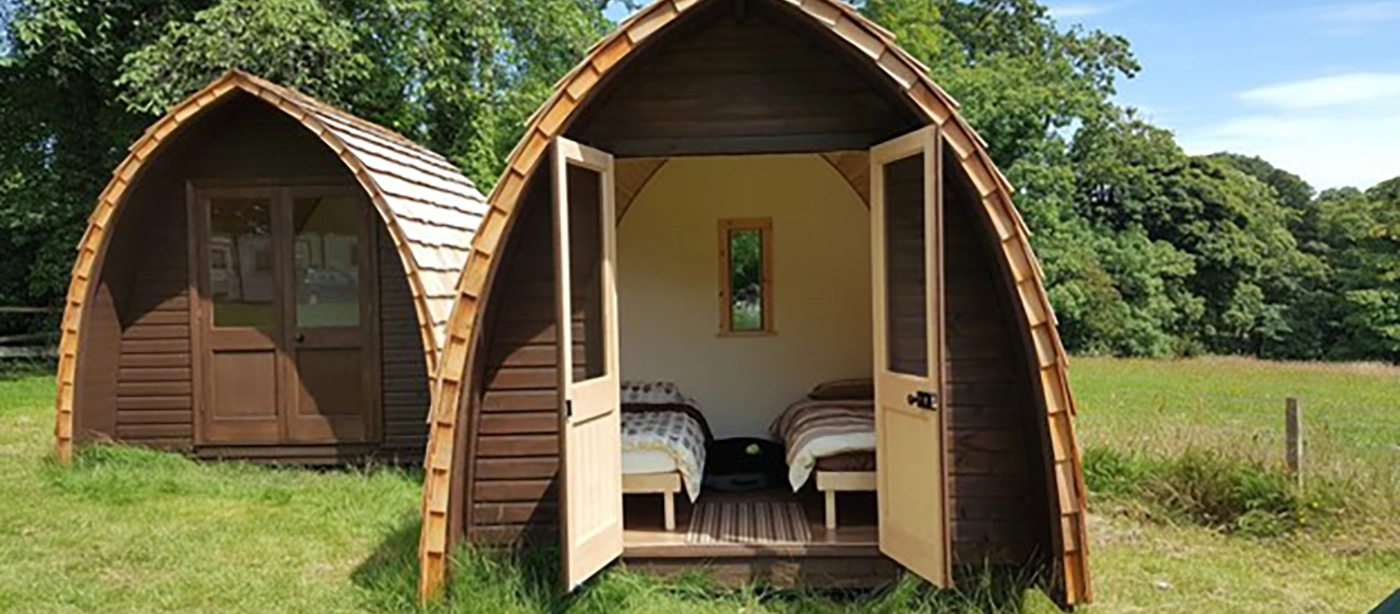
The United States sorely needs to make homes affordable for more people. Millions of households are financially fenced out from acquiring their own deeds.
Local and state policy makers are under pressure to allow higher density in residential neighborhoods, in order to ease the housing shortage that takes a particular toll on working people, struggling seniors, disabled residents, and minority households.
But watch out for local resistance to the idea of adding more housing that working people can afford.
The Affordability Crisis Is Real. But Will We Accept More Housing in Our Towns?
In late 2023, the Pew Charitable Trusts commissioned a survey of more than 5,000 people. Most people who responded to the Pew survey do back zoning reforms to increase housing.
Breaking things down a little further, the results show us:
- Many people (80%) would welcome more apartments near public transportation and shops. This is happening across the country. Multiple cities are on board, successfully carrying it out.
- Most respondents said they’d back minor tweaks to residential areas — like zoning to allow backyard cottages, a.k.a. accessory dwelling units.
- It’s common for people to have mixed opinions, tending to balk at particularly strong reforms. For example, a significant segment of respondents would accept more apartments near commercial areas — but don’t want duplexes, triplexes, or fourplexes on residential lots.
- Yet a hearty 58% would welcome an allowance for multiple homes per lot.
Six states so far (plus a number of cities) have rezoned to enable the building of duplexes, triplexes, or fourplexes. Their decision-makers look at surveys carefully. They sense the need to relax some zoning restrictions — without getting too far ahead of public opinion.
Pew Highlights Success Stories in Several Cities—And California.

Where have relaxed zoning policies done the most good for affordability? The Pew report points to a few examples:
- Houston, Texas. While there’s officially no zoning in Houston, and city laws generally allow for changes in population density, city planning is certainly a thing — and Houston has welcomed new townhouses.
- Palisades Park, New Jersey. The city has rezoned to encourage duplexes. The duplex trend attracts businesses as well as new homeowners, bolstering revenue while holding down the costs of homes and property taxes.
- The State of California. Backyard and basement units continue to ease California’s housing shortage.
These styles of housing all come with lower price tags than single homes. And they put the land to more efficient use, the Pew report points out.
They’ve also been embraced in Minneapolis, Seattle, and Austin, Texas. Colorado and Oregon, too, have shifted into “upzoning” mode. But naysayers say the pressure to relax zoning panders to developers. They warn of overcrowded roads and schools, crime, and diminished property values.
Across the nation, city planners question traditionally rigid zoning. A trend toward relaxing the zoning rules has made “upzoning” into a buzzword.
The objection that mixed housing will bring down property values is a constant refrain. Yet seven separate studies have seen overall property values go up after neighborhoods create additional housing to welcome low-income households.
Granted, success stories do take time to create. And of course they must overcome the critics. A slang phrase for that resistance, of course, is NIMBY — “Not in my backyard!”
Whose Backyard Should Contain More New Housing Units?
An impressive 72% of respondents support homeowners setting up extra units in their “backyards.” (We note here that the Biden administration promotes rezoning to allow backyard cottages and basement apartments.)
But that doesn’t translate into wanting zoning for multi-unit housing. “In short,” say the Pew reps about the mixed responses, many people “are neither consistently in the NIMBY (not in my backyard) nor YIMBY (yes in my backyard) camps.”
This is especially the case among suburban homeowners aged 50+.
Deed holders: Look for applicable deed restrictions before making plans to create a new unit on your land. A licensed contractor will know the local ADU regs.
But the facts are clear: Relaxed zoning standards do ease our housing crisis. And the public largely supports them.
On the other hand, that support is mainly for apartments and backyard cottages. But what about working people’s ability to buy their own units and actually acquire the deeds to their homes?
And where it’s supported, change happens at a slow pace. The Pew report shows new housing comes through gradual, incremental changes. Sometimes, even that’s a stretch. We might consider southwest Connecticut, where it seems fair to say NIMBY has the upper hand…
In Some Communities, “Neighborhood Character” Keeps Exclusionary Zoning Firmly in Place.
Pro Publica cites an Oxford, Connecticut official’s objections to affordable development on the grounds that it would overrun parking places for “Cinco de Mayo or something else.” Another town official has said for the record: “Retirees, disabled, old people — I have no objection to…them. But don’t get too much of that riffraff in…”
When a luxury home developer resolved to create offer homes for 12 households on a two-acre lot in Westport, Connecticut to, the city’s Planning and Zoning Commission refused. One commissioner opposed “ghettoizing Westport.” This is a town where a political party sprouted up to help elect zoning commissioners that won’t budge on the matter.
In Connecticut as a whole:
- Twenty-five cities have put up legal barriers to housing with more than three units.
- Some towns simply rule out the building of duplexes and apartment complexes.
- Commercial housing developers have succeeded in housing only 65 households in affordable units over a recent 30-year period.
- Only 2% of all the housing added over the past three decades is deliberately affordable.
- In some towns that do allow for the addition of affordable housing, developers must own vast acreage to introduce multi-unit building plans.
Exclusionary planning as long prevailed even though being locked out of housing opportunities carries lifelong consequences. All the while, says Pro Publica, state administrators and legislators have stood “on the sidelines, reluctant to intervene.”
Meanwhile in Pennsylvania, a bipartisan bill would allow duplexes, triplexes, and even fourplexes for towns of 20,000+ residents. Backed by the Pennsylvania Housing Choices Coalition, new proposals confront long-time requirements that homes be built on large lots. And they’d allow manufactured homes and backyard cottages wherever standalone homes are allowed.
Dave Sanko directs the Pennsylvania State Association of Township Supervisors. Sanko thinks local leaders should make zoning decisions, not state-level outsiders.
And the struggle continues.
Supporting References
Alex Horowitz and Gabe Kravitz: A Swing Constituency Could Help Allow More Homes (Jun. 7, 2024; summarizing a survey carried out for the Pew Charitable Trusts by Ipsos in September 2023 — citing Trinity College’s Cities, Suburbs, and Schools Project; the Connecticut Fair Housing Center; the state’s Department of Housing; and other sources).
Separated by Design – How Some of America’s Richest Towns Fight Affordable Housing by Jacqueline Rabe Thomas, Lylla Younes and Beena Raghavendran for the Connecticut Mirror series Invisible Walls – Connecticut’s Separate and Unequal Housing (updated May 22, 2019; published by Pro Publica).
A-Mark Foundation: What Is the Impact of Low-Income Housing on Property Values? (Jul. 25, 2023).
The Philadelphia Inquirer: Pennsylvania Zoning Laws Are Strangling Home Construction, and Lawmakers Want Changes (Mar. 21, 2024).
And as linked.
More on topics: Zoning for the climate, Zoning and variances
Photo credits: Public domain (CC0), via Pxhere; and ThisIsEngineering, via Pexels/Canva.
